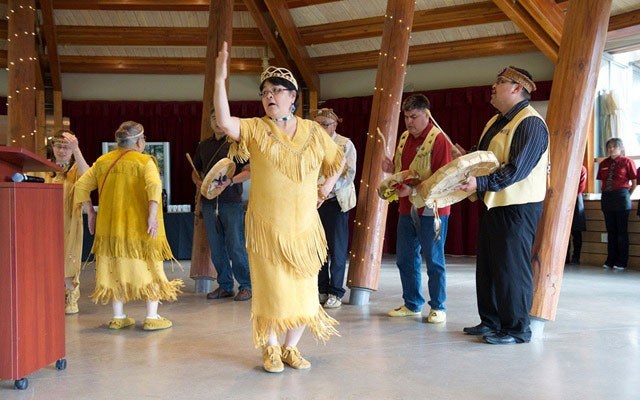Aboriginal tourism in Canada is growing, and a new report says that operators may do well to increase marketing in the United States.
Research into the U.S. market released on Sept. 20 by Destination Canada and the Aboriginal Tourism Association of Canada (ATAC) highlights five key findings: Authenticity is key, interest is there (but awareness is low), aboriginal tourism experiences can make an ordinary vacation extraordinary, Canadian aboriginal tourism is seen as more authentic than similar experiences in the U.S., and travellers are seeking unique experiences focused on personal connections.
"I think the key takeaway is just the fact that we see that there is a tremendous interest from the U.S. market," said ATAC president and CEO Keith Henry.
"We are reshaping our entire marketing campaign, because it's our second largest market and we want to make sure that we reach out properly, so it's extremely important for our businesses."
Aboriginal tourism has grown from an $890 million industry in 2002 to one worth about $1.5 billion today, Henry said.
In relation to Canada's larger $90 billion tourism industry it may not seem like much, "but the demand is massive," Henry said.
"In B.C. it's as high as one in four people who want to add an aboriginal experience to their holidays, and across Canada it ranges from one in four to one in six, one in seven, depending on the province and the territory."
One challenge for the industry right now is ensuring people are aware of the opportunities, Henry added.
"We're trying to really connect the marketing and where to find these experiences so that visitors can find it easier," he said.
The findings aren't much of a surprise to the Squamish Lil'wat Cultural Centre (SLCC), which is a marketing stakeholder of the ATAC, said executive director Brady Smith.
"Most of (the research) is not new information for us, it's just really proving that the American visitors that are coming to our cultural centres, and specifically to us here at the SLCC in Whistler, are looking for meaningful and tangible experiences," Smith said, adding that about 30 per cent of the SLCC's annual visitation is American.
Through the SLCC's ambassadors, visitors gain an authentic connection to the past and present.
"We truly tell stories of ancestors and elders through the voices of the modern person, so our ambassadors are telling people about who they were as people back in the day, but also who they are currently, and who they're going to be as young Indigenous people moving forward," Smith said.
"When people come here from the States, the feedback is overwhelmingly that they learned a lot more about Indigenous peoples than they would have expected in a very white, privileged community such as Whistler."
Just like the industry as a whole, the not-for-profit SLCC has been growing in recent years, from $1.6 million in revenues in 2014 to almost $2.7 million this year (money that goes back into the organization; the SLCC is not quite at a sustainable level just yet, and still receives about $400,000 annually from the Squamish and Lil'wat First Nations).
But the growth should continue under Canada and B.C.'s current governments, Smith said.
"We feel that with the government in place on a federal level that Indigenous peoples and values are being spoken about more often than not, and repatriation, equality and reconciliation is the top of not only our elected officials' minds, but also on Canadians' minds," he said.
"So I think that our counterparts in the States, especially with what's taking place south of the border right now in politics, people really want to find connection, and that connection is Indigenous Canada."
For more on the ATAC head to www.aboriginalcanada.ca.




